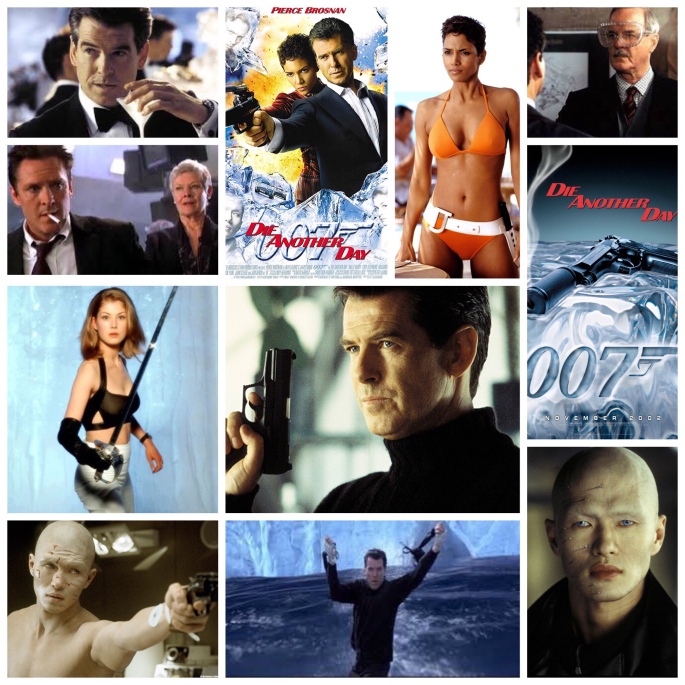
Snow Falling On Cedars is an interesting one, but I can’t say I mean that in much of a good way. I’ve rarely seen a film that focuses so intently on atmosphere, incident and specific isolated scenes and kind of leaves it’s own overarching story in the dust, or rather snow. That’s okay if you’re making a mood piece or deliberately impressionist film that doesn’t need the lucidity of a clear narrative, but that this is not. Its one gorgeous looking film though, shot by Robert Richardson who really earns the Oscar nom, full of looming boreal scapes, whirling blizzards and rustic homesteads. Set in the Pacific Northwest during a particularly tumultuous pair of timelines in the 40’s and 50’s, it sees the plight of a small coastal fishing village when a mariner is found dead, entangled in nets near his own boat. The local Sheriff (Richard Jenkins) discovers this, prompting a trial in which an accused fellow fisherman (Rick Yune) is prosecuted by an annoying shark (James Rebhorn) and defended by a German American (Max Von Sydow). Now, the accused is also part of the Japanese community residing nearby, and it being sometime after WWII, it’s not a very great period of history to be Japanese in the States, casting a dark glow over the trial before it’s even begun. Ethan Hawke plays the reporter with whom the accused’s wife (Yûki Kudô) has a lasting and deep romantic involvement with. Sound complicated? It is, but really shouldn’t be. The film chooses to tell the story in a meandering, out of time nature and as such it’s almost impossible to tell what’s going on at any given time. What’s more, the relation between Hawke and Kudô, although deeply touching and wonderfully acted by both, has little to do with the trial and murder mystery and as a result much of the story feels like a slog through snowbanks with no reward on the other side. Other actors make appearances, like Sam Shepherd as Hawke’s publisher father, James Cromwell as the trial’s overseeing judge, Celia Weston and her deplorable Scandinavian accent, Daniel Von Bargen, Anne Suzuki, Akira Takayama and others but they’re sort of swallowed up by the scattered hollowness of a story that should mean more, and should cut deeper based on the effort put into this production. And what a good looking film, I’ll give it that. Robert Richardson’s cinematography is breathtaking, somehow vast yet contained at the same time as we see life in the northwest unfold, attention to period detail immaculately kept up. The score by James Newton Howard is a swell of orchestral emotion and a strong point too. This film would have been so much more affecting if it spent more quality time on the central relationship between Hawke and Kudô, the latter of which gives the best performance. The matter of Japanese people being carted off to internment camps is handled realistically and gives us some of the film’s strongest scenes, these actors also steal the show with their obvious heartbreak and theft of dignity. But who really cares about the murder trial when there’s so much else going on in the big picture that’s more fascinating? So much time is spent in that dark courtroom discussing details of an event I had no stock in with the film as a whole, and if your narrative has that effect on even just one person, well.. that’s a problem. Perhaps the novel is different but I’m not really sure what they were going for here in the film, from both an editing and story focus standpoint. I left with an admiration for the technique used, the photography and atmosphere achieved is something to be proud of, as is the romantic angle. Everything else left me as cold as that falling snow.
-Nate Hill


